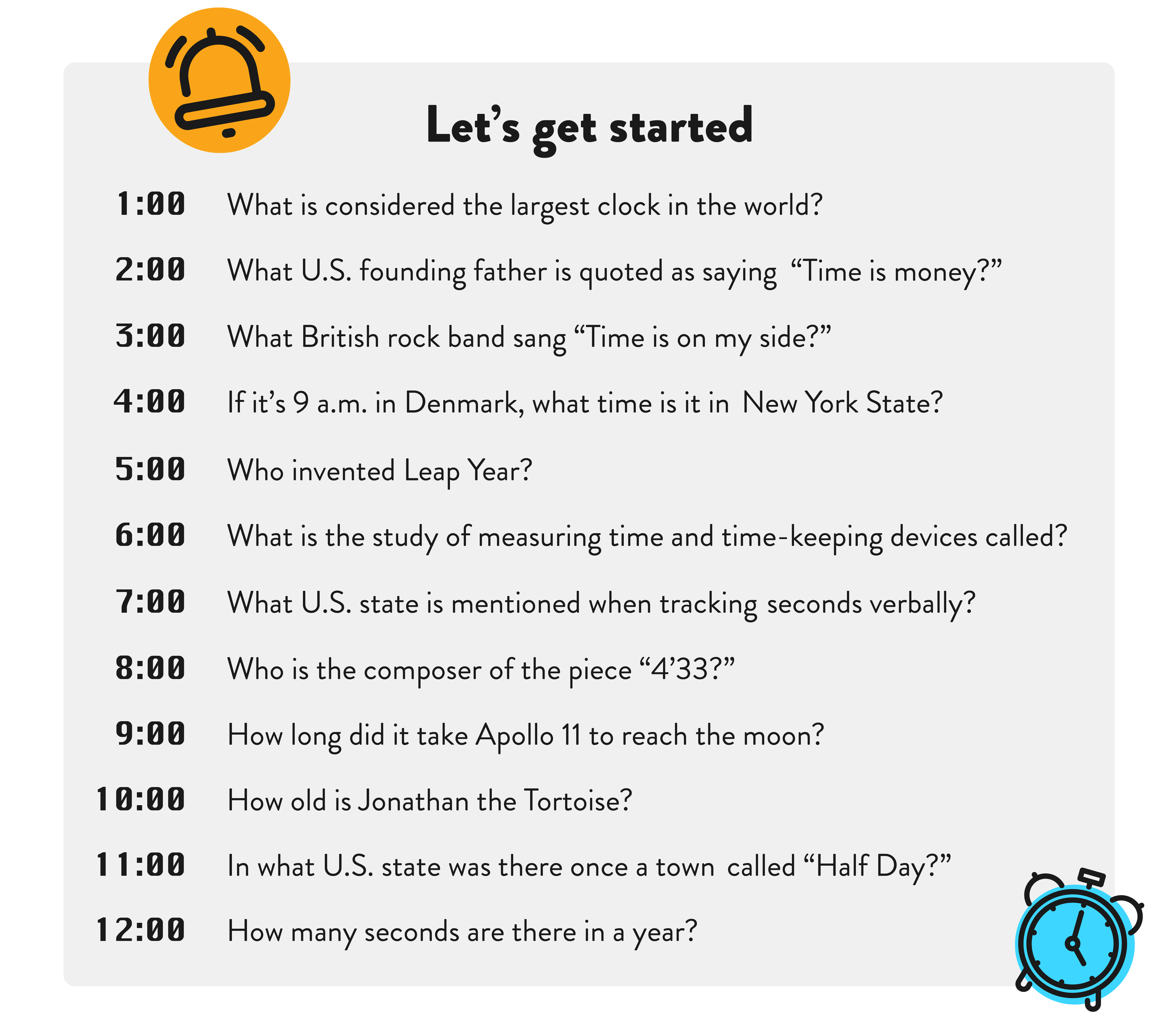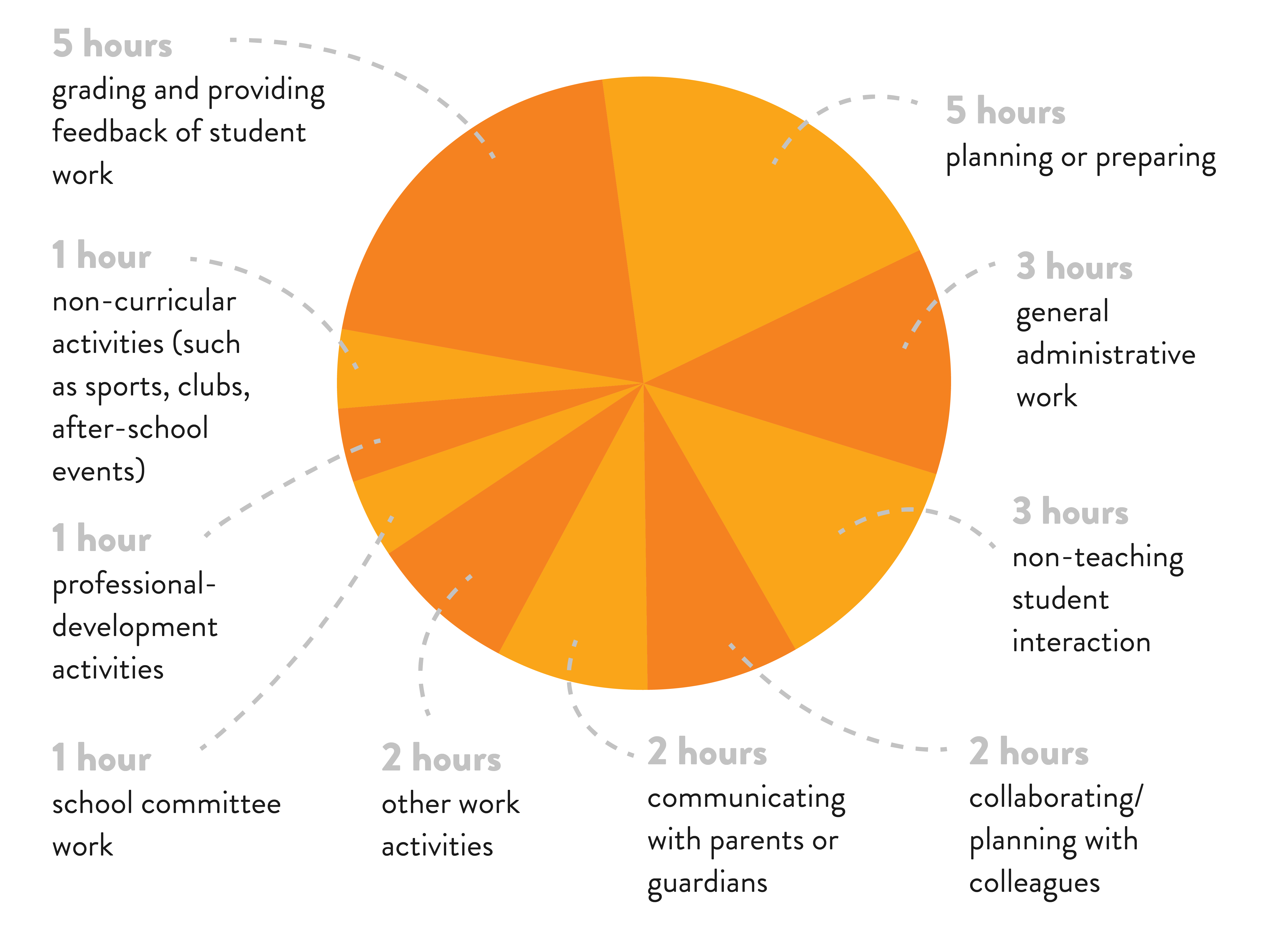Finding More Time in Your Classroom

The lack of time in the classroom is nothing new, but with test prep and academic recovery, it might seem even more ominous. While figuring out ways to save time sounds like yet another thing to do, there are ways to make the most of your valuable time.
Here are some tips to help you find some more time in your day and help you focus on what matters.
- Write things down and make lists. Add things to your to-do list when you think of them. Keep the list easily accessible so you can add to it, refer to it, and prioritize. You might prefer to keep your tasks on a calendar. Just find a way that makes sense to you!
- “Eat the frog.” Figure out the icky, annoying, or odious task you’ve been putting off, and DO IT. The sense of satisfaction you get when whatever-it-was is out of the way will be a great motivator to tackle other things on your list.
- Delegate. Don’t try to do it all. And don’t do things for students that they can do for themselves. Even younger kids can help organize lesson materials, file, and clean up.
- Speaking of your students, empower them. Assigning students specific tasks, teaching in stations, and engaging in small-group, student-led work can give students a feeling of ownership over their learning. Make systems for classroom jobs and turning in work simple for students, thus easier for you.
- Don’t let “perfect” stand in the way of “done.” Every handout doesn’t have to be a work of art. Don’t tweak that bulletin board too long—it’s fine. Allow students to take over the job when appropriate, such as handling the class library or organizing art supplies. They love to help!
- Set boundaries with yourself. Do your best to keep meetings on track—don’t rehash every issue or conversation. Get straight to the point on phone calls or during meetings with parents. Organize your planning time the same way you organize your classes!
- Don’t grade everything. Research has shown that over-grading inhibits learning, as students focus on getting the right grades instead of on learning. It’s okay to discuss assignments in small groups or as a whole class rather than grading. Your students will gain valuable feedback, and you’ll reduce your grading time.
- Collaborate with colleagues. Harness the power of your fellow educators by joining a Professional Learning Community (PLC) or Virtual Learning Community (VLC). Get ideas, tips, resources, lesson plans, and more to save time in your classroom.
-
Keep a close eye on student learning. By tracking student learning as it is happening, you can see if students are moving in the right direction or need extra help to achieve academic goals. In this way, no one is blindsided during testing, and learning gaps are more quickly found.
The online tools you use every day to teach math and science can help you track student learning. Students’ interactions with these tools can be captured and analyzed to understand learning patterns and needs, while real-time data and reports allow for the chance to intervene quickly. In addition, learning goals and content can be customized for students.
Now, have some fun with our “timely” quiz.
Got Some Time to Take a Quiz?
Make some room in your schedule, and take some “time” out of your busy day for some fun! Enjoy this quiz about what gets everyone in the end: Time!



How Teachers Spend Their Time
Here’s how much time teachers report spending on specific tasks throughout their workweeks (besides teaching), according to an EdWeek survey:

*Source: edweek.org
Join our Virtual Learning Communities!
Collaborate, share, and learn with fellow educators
Elementary Gizmos and Science4Us: Elementary Explorers
Middle and High School Gizmos: Gizmos Adventurer Basecamp
Reflex and Frax: Teachers’ Clubhouse
Sign up to get the latest updates from ExploreLearning via occasional email.